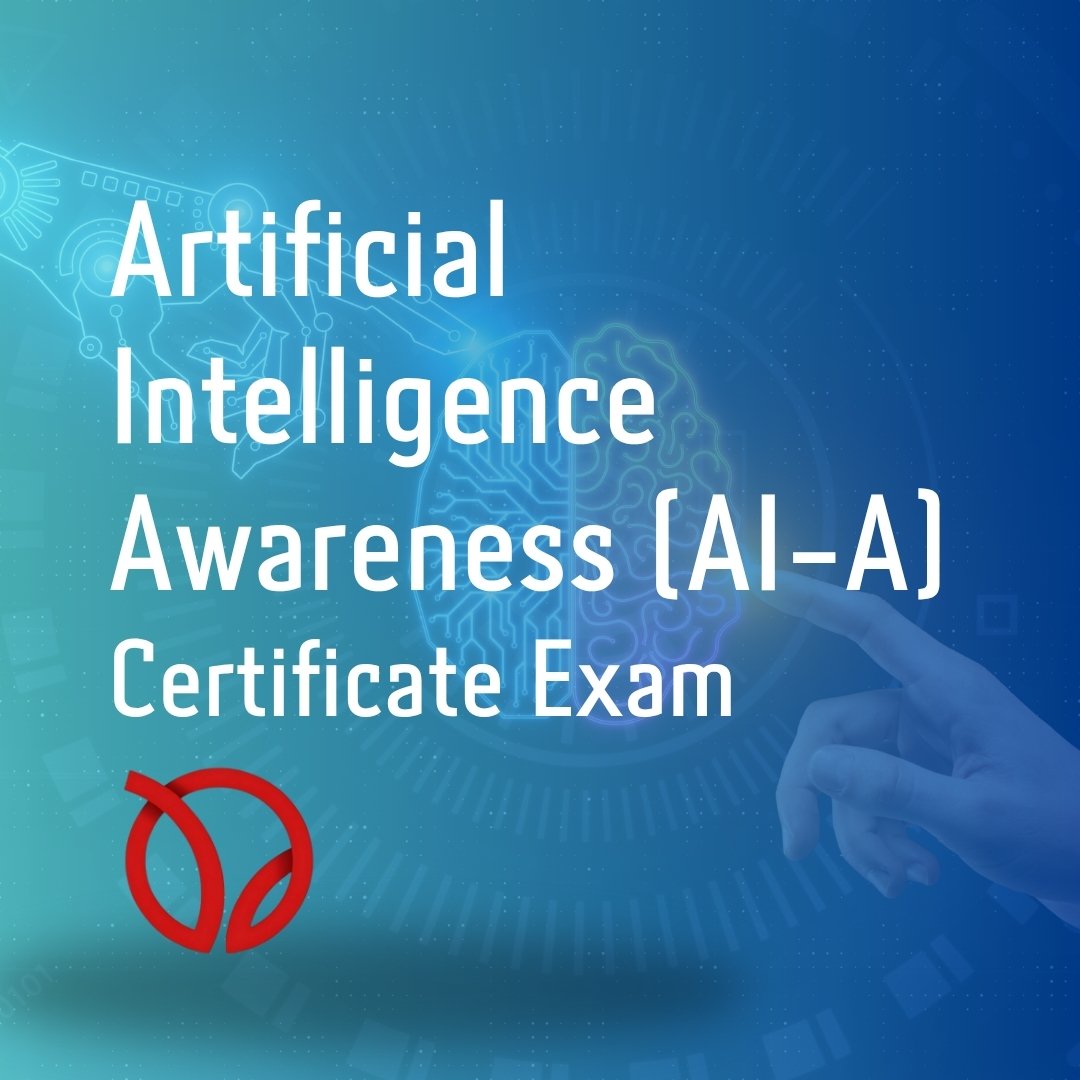Artificial-Intelligence Awareness (AI-A)

Kurs Hakkında
Artificial-Intelligence Awareness (AI-A)
1 | Purpose and Societal Need
Modern workplaces bring everyone—engineers, decision-makers, legal teams, product managers, even end-users—into contact with AI systems. This exam objectively measures whether a candidate understands core AI concepts, limitations, ethical principles, and regulatory frameworks.
-
Technological Literacy Builds a grasp of basic algorithm types, data requirements, and model failure modes.
-
Responsible Use Raises awareness of bias, fairness, and privacy risks.
-
Compliance & Governance Links practice to the EU AI Act, OECD AI Principles, GDPR / KVKK, and similar regulations—laying the groundwork for effective internal governance.
The result is a shared language and sense of responsibility across every role that touches AI projects.
2 | Exam Architecture
| Feature | Detail |
|---|---|
| Number of Questions | 50 multiple-choice (single correct) |
| Duration | 120 min (≈ 2 min per question) |
| Pass Mark | 50 % |
| Delivery | Online, remotely proctored, instant scoring |
| Credential | Web + QR verification |
| Retakes | One free retake within 12 months |
Psychometric analysis produced Cronbach’s α = 0.81, indicating high reliability.
3 | Assessed Competency Domains
(sample stems drawn from the uploaded question bank)
| Domain | Example Stem |
|---|---|
| AI Definitions & History | “What distinguishes machine learning from rule-based expert systems?” |
| Algorithm Fundamentals | “Which data-labelling approach differentiates supervised from unsupervised learning?” |
| Data Quality & Pre-Processing | “What is the first strategy to consider when faced with a high percentage of missing values?” |
| Ethics & Fairness | “Which concept measures the impact of algorithmic bias on those affected?” |
| Privacy & Security | “What term describes the risk of extracting training data from model outputs?” |
| Regulation & Standards | “According to the EU AI Act, what is the shared responsibility for ‘high-risk’ systems?” |
| AI Failure Modes | “In text-generation models, what does hallucination refer to?” |
| Sustainability & Energy | “Name one method for reducing the carbon footprint of model training.” |
4 | Scientific and Organisational Significance
-
Shared Understanding Strengthens consistent terminology across multidisciplinary teams.
-
Risk Mitigation Helps surface faulty assumptions early in a project’s life-cycle.
-
Continuous Improvement The feedback report highlights knowledge gaps, enabling targeted follow-up training.
Note Because the exam measures awareness rather than deep technical skill, it is appropriate for all stakeholders involved in AI initiatives.
Course Content
AI Awareness
-
AI Awareness
Student Ratings & Reviews

